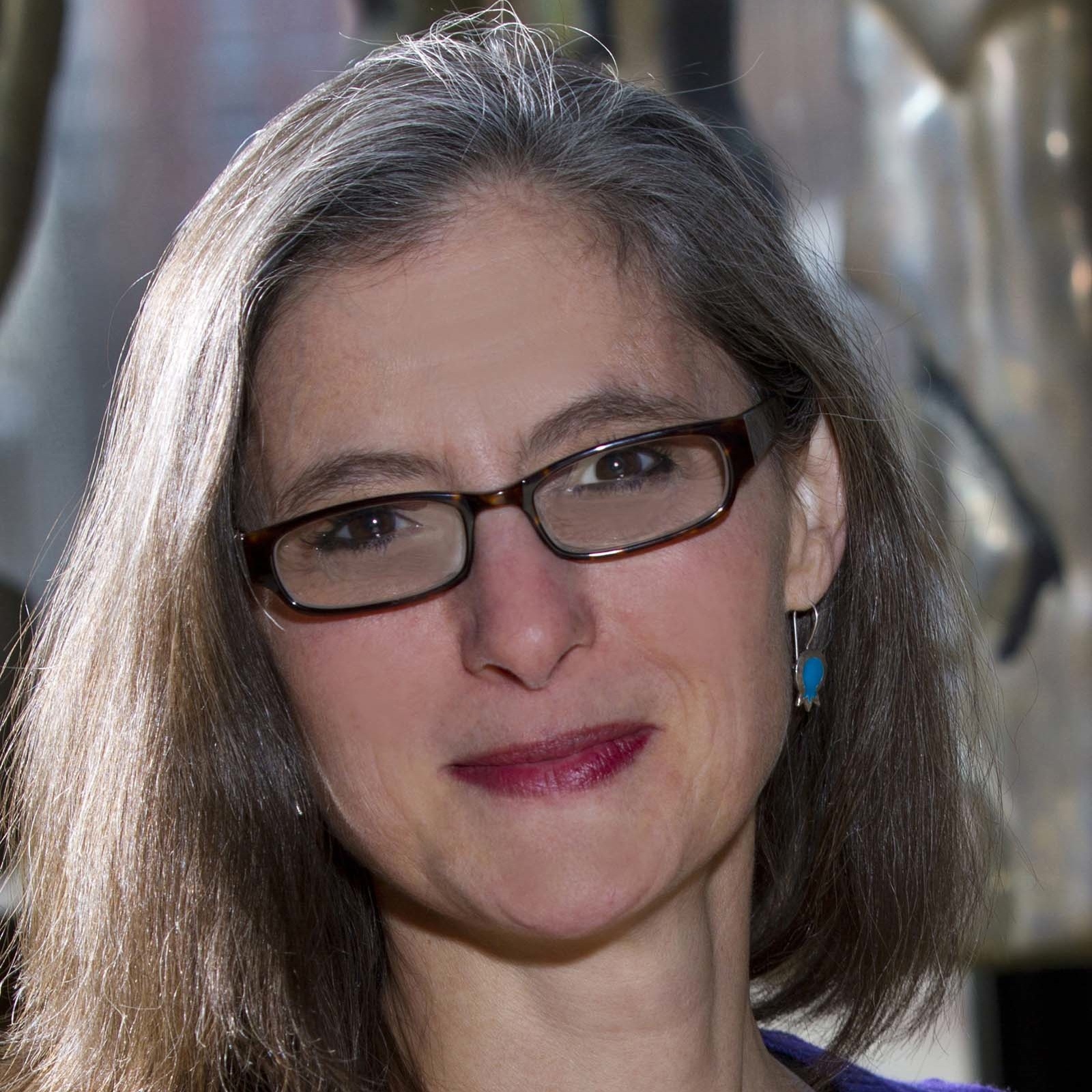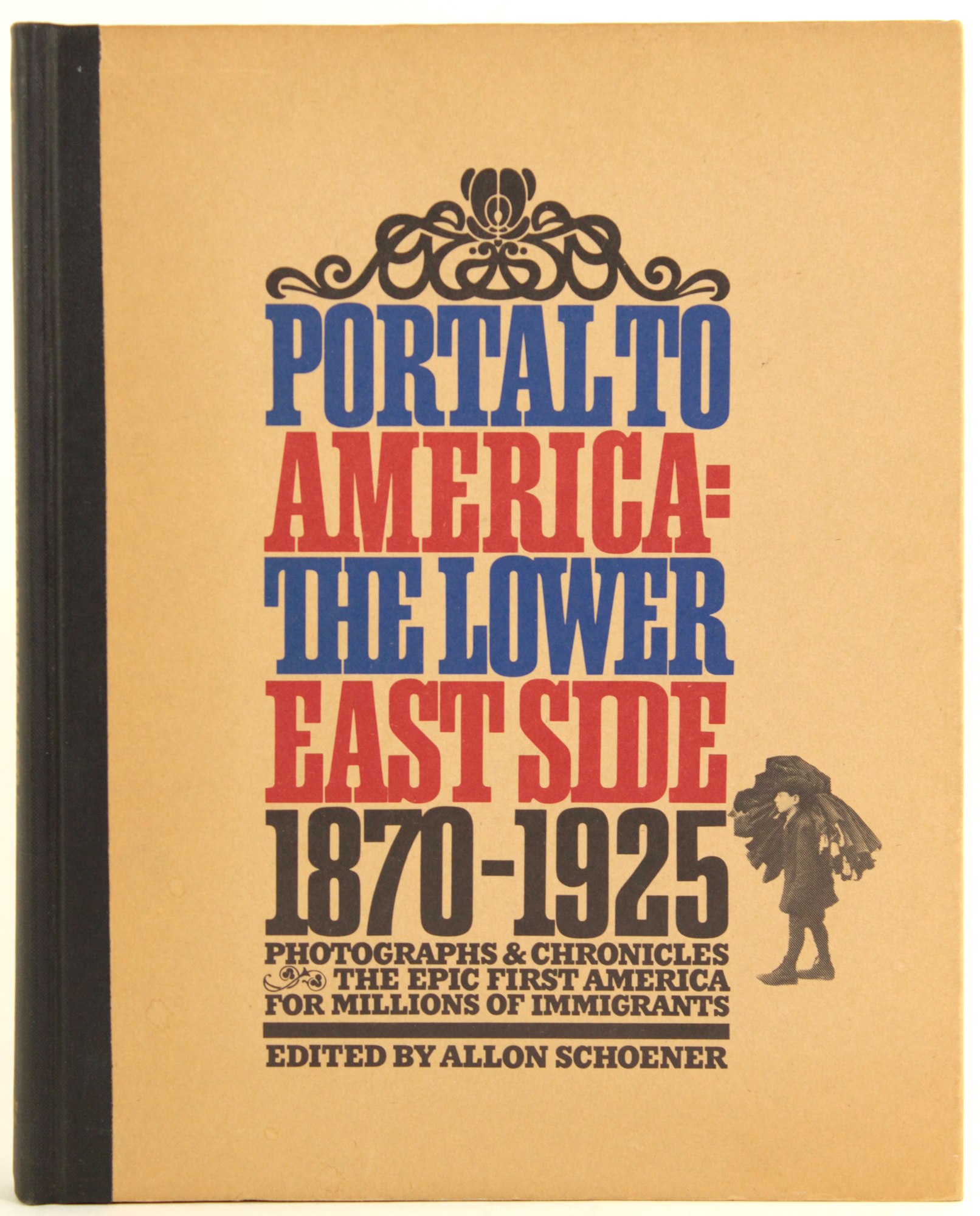Journeying through Jewish History


I first encountered this book in my supplementary Hebrew school at Temple Emanuel of Great Neck when I was a teenager. The documents, photographs, newspaper reports and Yiddish language characters entranced me then, and still do. At that tender age, I thought I wanted to grow up to be a marine biologist. Instead, embedded in my young soul, those images of East European Jews who had journeyed—like our forebears in this week’s parashah (Numbers 33:1–37)—from far away to a land they did not know, propelled me on a lifelong journey as a historian of the Jews of Eastern Europe.
I am writing this in the week before I embark, once again, on a trip to Poland and Ukraine. The first leg, with congregants from Congregation Ansche Chesed, will journey from Warsaw to Kazimierz na Dolny (Kuzmir in Yiddish) to Krakow, and—with profound difficulty—to Auschwitz-Birkenau. The second leg will take me to L’viv (formerly Lwów/Lemberg/Lvov) in western Ukraine and eastward to Khmelnytsky, Ternopil, Kolyban’, Medzhybidz , Yarmolintsyi, Zin’kiv, Kamyanetz-Podolskyi, Sataniv, and Mykolayiv. This was the heartland of European Jewry until the Holocaust.
Like Ramses, Succoth, Etham, Pi-hahiroth, Migdol, Dophkah, Kehelath, etc., the landmarks of the Israelites’ journey in the parashah, the cities and towns of Jewish Eastern Europe are echoes of places most of us do not know. Yet, they have indelibly shaped who we are. For American Jews of Ashkenazic descent, the Eastern European landscape of today is a palimpsest, which, scrim-like, lays over our received memories of the East European past. When we journey there now, the traces of a thousand-year-old civilization can be felt as we also feel the presence of today’s small but dynamic East European Jewish communities.
Nancy Sinkoff is Associate Professor of Jewish Studies and History and Director of the Center for European Studies at Rutgers—the State University of New Jersey. She was in the first cohort of the JTS Fellows Program (2015-2017).



